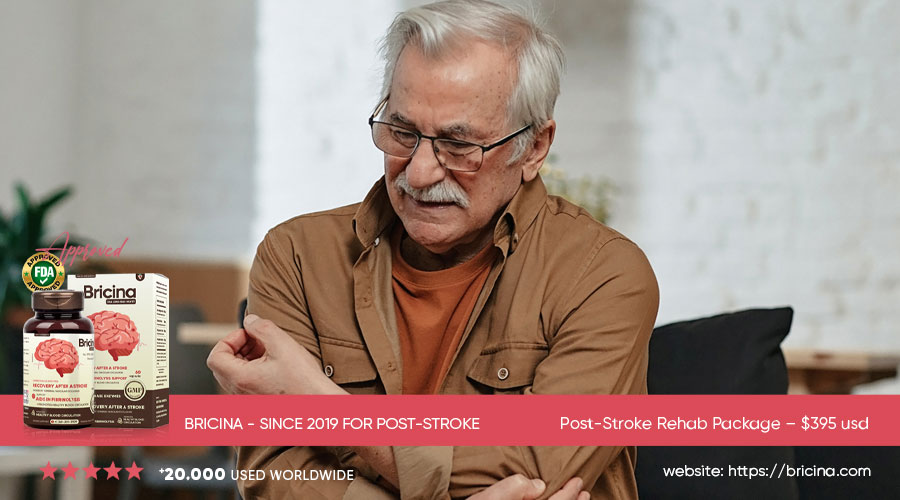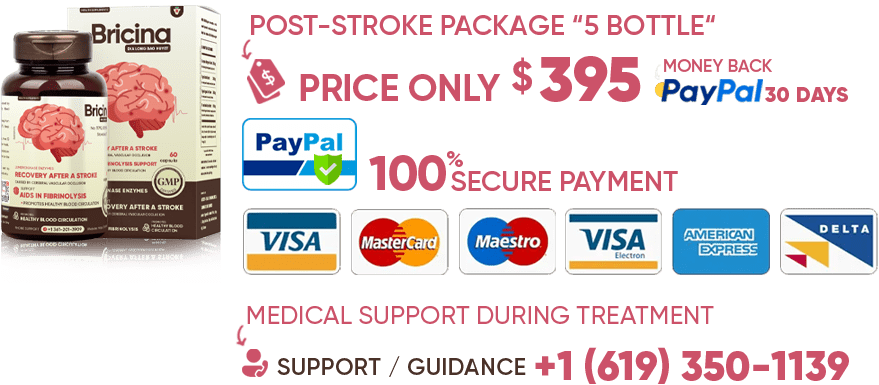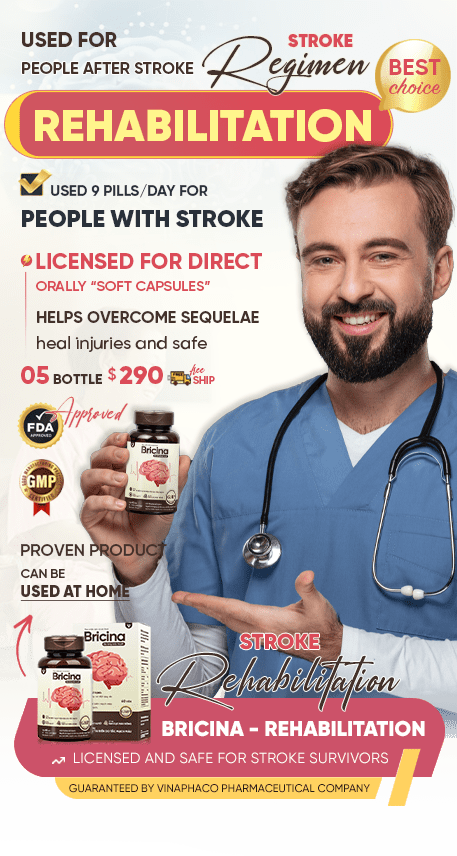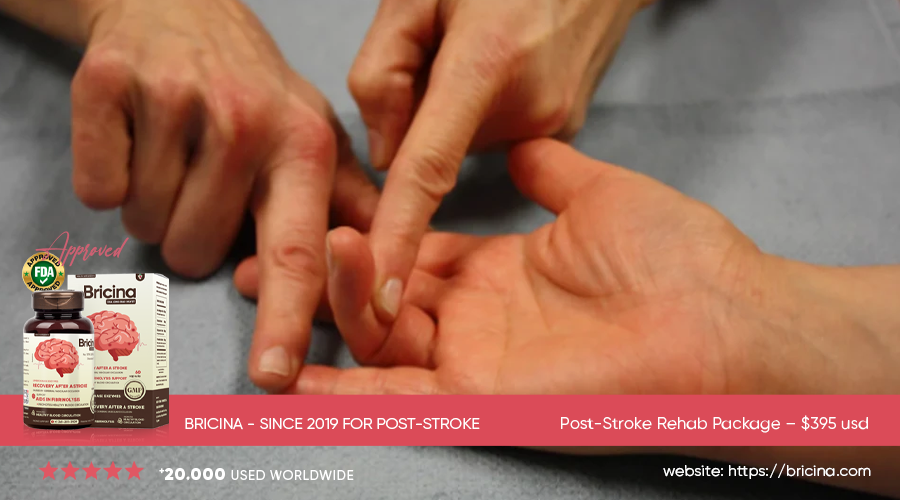Stroke survivors experience a reduced life expectancy compared to the general average reduction of 5.5 years.
Life expectancy following a stroke is significantly impacted and can vary based on factors like stroke type, severity, and individual health.
 Generally, stroke survivors experience a reduced life expectancy compared to the general population, with some studies estimating an average reduction of 5.5 years. Hemorrhagic strokes tend to have a more severe impact on life expectancy than ischemic strokes.
Generally, stroke survivors experience a reduced life expectancy compared to the general population, with some studies estimating an average reduction of 5.5 years. Hemorrhagic strokes tend to have a more severe impact on life expectancy than ischemic strokes. Factors Influencing Life Expectancy:
Type of Stroke:
Hemorrhagic strokes (bleeding in the brain) generally have a lower survival rate and shorter life expectancy than ischemic strokes (caused by blood clots).
Severity of Stroke:
More severe strokes, with greater neurological impairment, are associated with a poorer prognosis and shorter life expectancy.
Individual Health:
Age, pre-existing health conditions (like heart disease or diabetes), and overall health status play a crucial role in determining survival after a stroke.
Recurrent Strokes:
The risk of having another stroke is increased after a stroke, and recurrent strokes can further reduce life expectancy.
Functional Recovery:
The degree of functional recovery (ability to perform daily activities) after a stroke is strongly correlated with survival. Those with minimal disability tend to live longer than those with severe disabilities.
Age:
Younger adults who experience a stroke face a significantly elevated risk of mortality for at least 15 years compared to the general population, according to Ultimate Care NY.
Survival Rates:
Ischemic Stroke: Approximately 60% of individuals survive the first year after an ischemic stroke. Hemorrhagic Stroke: The first-year survival rate for hemorrhagic stroke is lower, around 38%.
5-Year Survival: About half of individuals survive at least 5 years after an ischemic stroke, while the 5-year survival rate for intracerebral hemorrhage is around 37.8%, according to Ultimate Care NY.
In essence, while it's impossible to predict the exact lifespan of any individual after a stroke, these statistics highlight the serious impact of stroke on long-term survival and the importance of ongoing medical care, rehabilitation, and preventative measures to improve outcomes.











